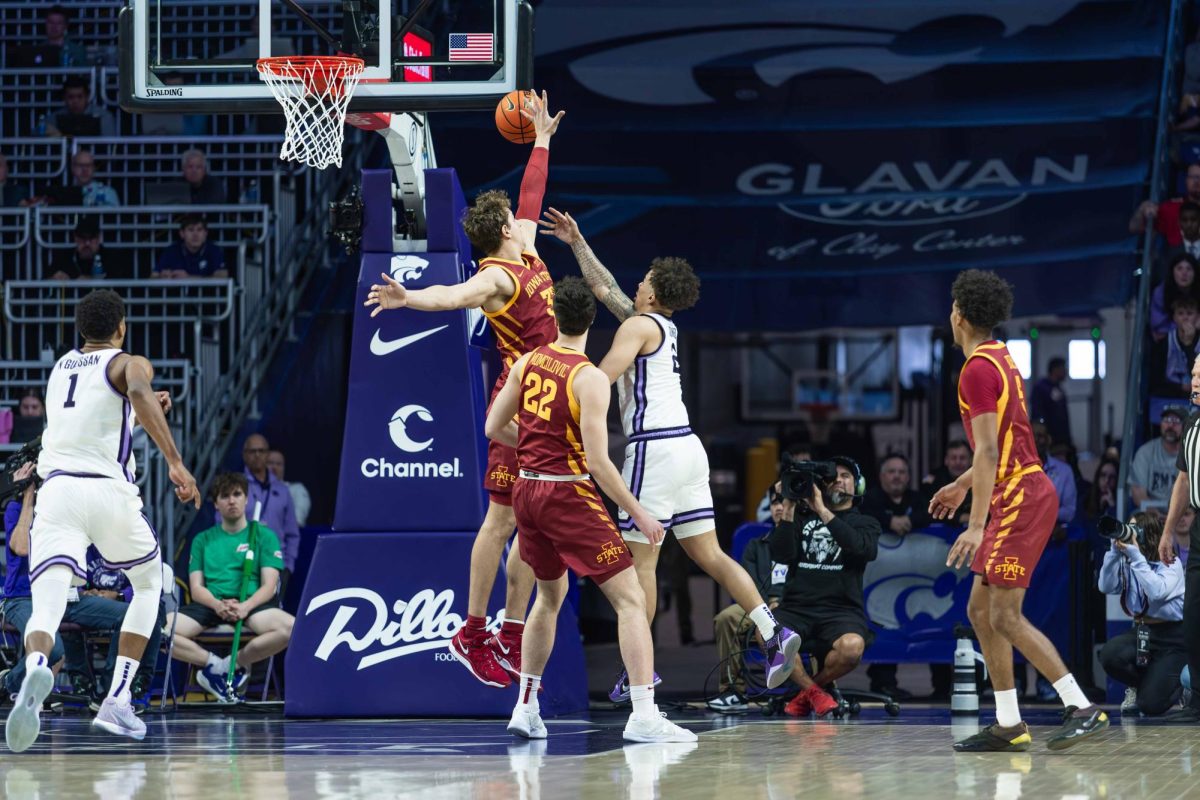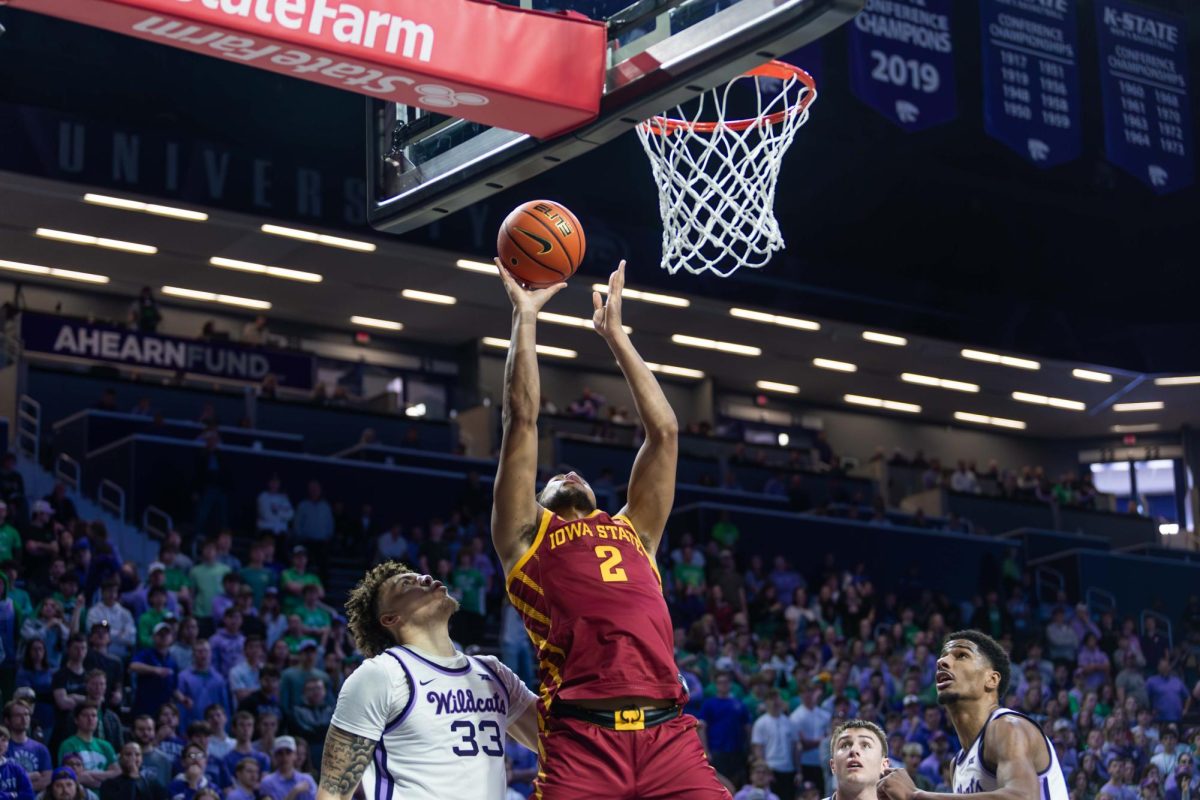Design chair ensures success

Calvin Lewis, professor and chair of architecture department, gazes at the comprehensive interior design model displayed near his office in Design building, October 28, 2009. Photo: Jay Bai/Iowa State Daily
October 28, 2009
Although he may not be seen often around the College of Design or in studios, Cal Lewis is an instrumental figure in the architecture program at Iowa State. He received the Medal of Honor from the Iowa chapter of the Architecture Institute of America on Oct. 16.
This award is presented by the Architecture Institute of America in order to “recognize distinguished service to the profession of architecture in multiple facets by an individual.”
As professor and chairman of the architecture department, Lewis works to ensure success between faculty and students. His recent award is indicative of the professional opinion of his successes in the fields of both architecture and education at Iowa State.
Lewis graduated from Iowa State in 1967. In 1987, he helped found the Herbert Lewis Kruse Blunck architecture firm. In this firm, he was involved in designing major buildings, such as the renowned Meredith Building in downtown Des Moines and Iowa State’s Jacobson Athletic Building. Lewis said he has been able to fuse his practical experience in design and administration with his position as architecture chairman with help from ISU faculty.
Ben Schwartz, senior in architecture, said he recognizes the benefits of having a professionally successful chairperson for the department.
“He’s well known enough that he can bring influential people here — people all based on his networking,” Schwartz said.
Lewis has served as the chairman of the program since 2000. His main focus is to ensure that faculty have the resources to continue teaching successfully. Every year since 2002, the Association of Collegiate Schools of Architecture has recognized a faculty member from Iowa State.
When he first began his work at Iowa State, Lewis said his goal was to “create a balance of diversity.”
“Architecture is very broad. It’s technical, very personal and human and environmental. The knowledge has to be extraordinary,” Lewis said.
He said he is a generalist who enjoys the challenge of straddling many difficult issues, but he recognizes the value in faculty members who have specific areas of expertise. Through being exposed to numerous facets of architecture at Iowa State, students can find their specific passions.
“Hopefully by graduation, students maybe can get a sense of where they fit into the system,” Lewis said.
Since Lewis took the position of chairman, the program has undergone several substantial changes. Lewis has worked to develop the design core program to address the range of needs in architecture and to further the cooperation between disciplines within the design field. The program’s goal is to allow students to establish cooperative relationships with classmates in other programs, preparing them for their interaction after graduation. Lewis’ emphasis on cooperation in education stems from his observation of its necessity in the field.
“You can’t build a house by yourself; it’s impossible,” Lewis said.
The core program is somewhat of a microcosm of Lewis’ notion of the current state of architecture in Iowa.
“Having one school of architecture, there is camaraderie that develops in the profession — a natural support system,” Lewis said.
He said this system fosters healthy support and competition and it is this synergy that allows the quality of architecture in Iowa to stand out as one of the best areas in the Midwest.
Originally from Chicago, Lewis chose to stay in Iowa after graduation. His decision to stay was initially based on the influence of his mentor. However, during his time here, his connection to Iowa strengthened, in part because of the state’s architecture community.
Kate Schwennsen, professor and associate dean of architecture, commented on Lewis’ pride in Iowa architecture.
“Cal, although not a native Iowan, is the most effective and eloquent promoter of the exceptional quality of ambitions of Iowa architects,” she said.
Lewis spoke with pride when he recalled being shown a map that had been marked by the Architecture Institute of America with the major architecture firms. He explained that there were points all along the east coast and many on the west coast, but only one in the Midwest — in the center of Iowa.
“Iowa is a fertile environment, not just for crops, but also for ideas and design,” Lewis said.






